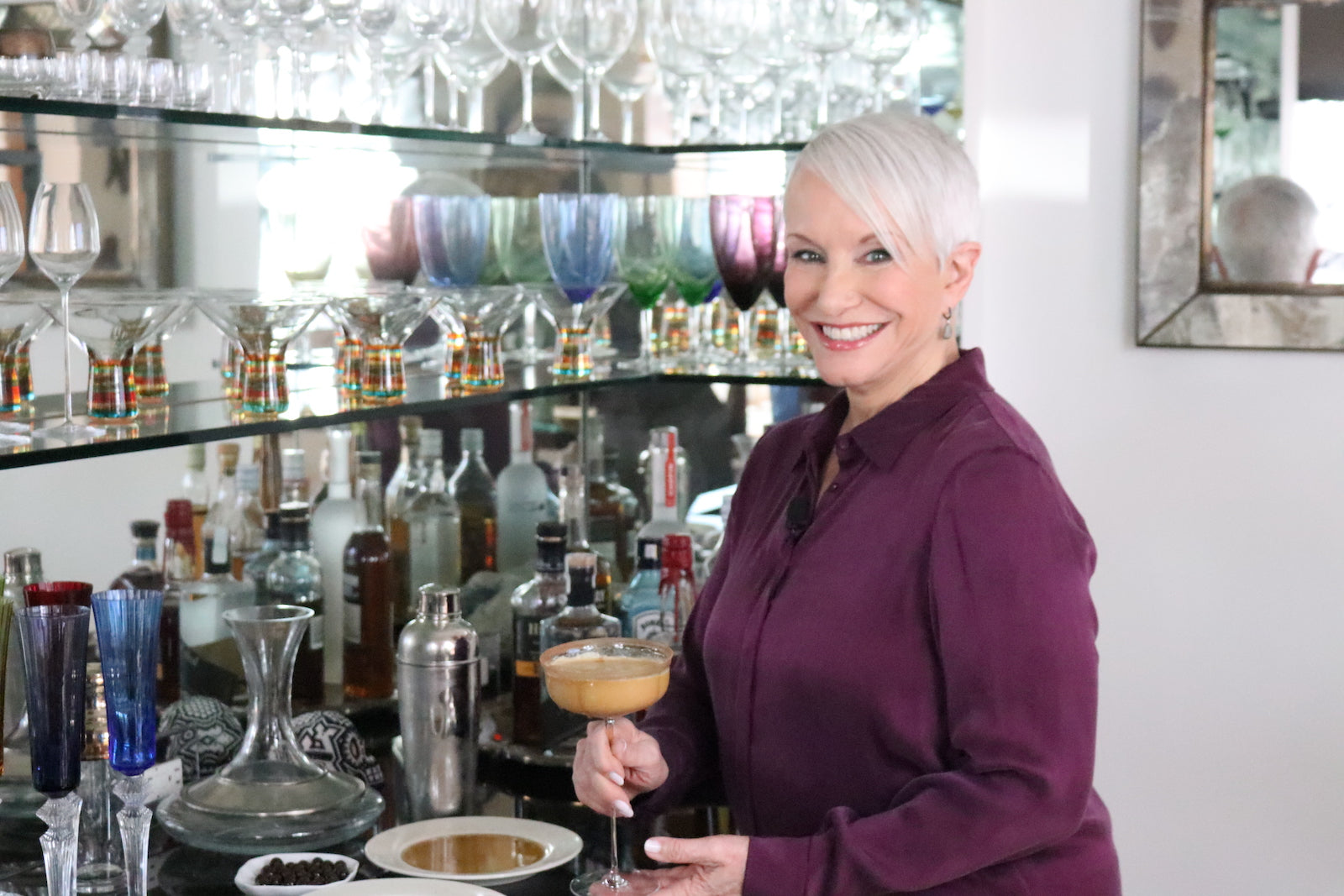Food & Recipes, Kitchen Hacks, Videos
Beyond the Shell: Insights for Buying the Best Eggs
Let’s decode the myths and labels around this favorite dairy product.
Eggs are the most complete food – nutritious, affordable and can be served in more ways than you can imagine. Personally, I could eat them for any meal – they’re one of my favorite foods. And, they’re really a staple in almost every household – used in everything from meal entrées, to salads, to baking and of course all by themselves as a perfect snack.
As easy as they are to use and as important as they are for daily meal planning, there are so many myths and labels to decode. Figuring it all out can make finding the best tasting eggs a bit confusing.
First, let’s dispel one bit of egg mythology. The color of the shell means nothing. The color of the shell, although pretty, is just an indication of different breeds. They merely produce different color eggs. The difference in taste is from the care and diet of the chicken and the freshness of the egg. More on that in a moment.
Next, the ‘size’ of the egg marked on the carton has nothing to do with a visual scale. The most common size you will find at the market is classified as “large” and it’s the most common size called for in recipes. But here’s the thing. The size is actually a measurement of the WEIGHT of a dozen eggs in a carton. So, one “large” egg weighs about 2 ounces, and a dozen will weigh about 24 ounces.
Now we have grading. Eggs are also graded based on the appearance of the shell and what they can see of the egg’s interior. In this case, you’ll usually see eggs in most stores that have a USDA “Grade” of “A” and “AA.” Graded eggs will have thick and firm whites, yolks that are high, round and free of defects, and clean unbroken shells. There’s practically no big difference between “A” and “AA” except that with “Grade A” eggs, USDA only requires that the whites need to be “reasonably” firm. After that, they’re all just eggs.
Finally, shopping for eggs. Remember that the freshest egg is the tastiest. For the best tasting eggs, I see my “egg guy” at my local farmer’s market. His eggs are usually laid about 2 days before selling which is about as fresh as you can get unless you live next to a chicken ranch or raise chickens yourself. The fresher the egg the better tasting it will be.
When I buy eggs at the store, I pay close attention to the “sell by” date (sometimes they’re marked “use by” or “best by,”). Of course, you want the date that is the farthest out. By law the “sell by” date is no more than one month from when the eggs were packed and the “use by” or “best by” is actually no more than 45 days from the pack date. I also look for ‘Certified Organic’ on the carton. That’s a legal trademark regulated by the USDA. It means hens are uncaged with access to the outdoors and are fed an organic diet free of antibiotics and pesticides. But “cage-free” only means the hens aren’t kept in cages. They could still live in VERY cramped conditions. “Free-range” means they have access to the outdoors and can pretty much wander around the yard where they’re kept. If you find the carton stamped “Certified Humane or Animal Welfare Approved,” (also perhaps marked as Pastured) then you’ve found the gold standard for probably the next best tasting eggs you can buy in a regular market. These eggs come from chickens that basically live outdoors roaming with a varied diet.
One last bit of egg mythology: pasteurization. It has no effect on taste, and if you’re planning to cook the egg well, then don’t worry about. Pasteurized eggs are lightly heated in their shells. They add just enough heat for a certain amount of time to kill off bacteria but not enough to actually start the cooking process. You want these eggs if you have a recipe that calls for uncooked or only partially cooked eggs. Some sauces are like that, toppings whipped with cream etc. As far as taste, I can’t tell the difference between the best organic, range-free eggs and pasteurized.
Check out my video where you’ll see the eggs and labels for yourself. See this earlier video on how to tell if those eggs you’ve kept in your fridge are still fresh enough to eat or should be tossed.





















